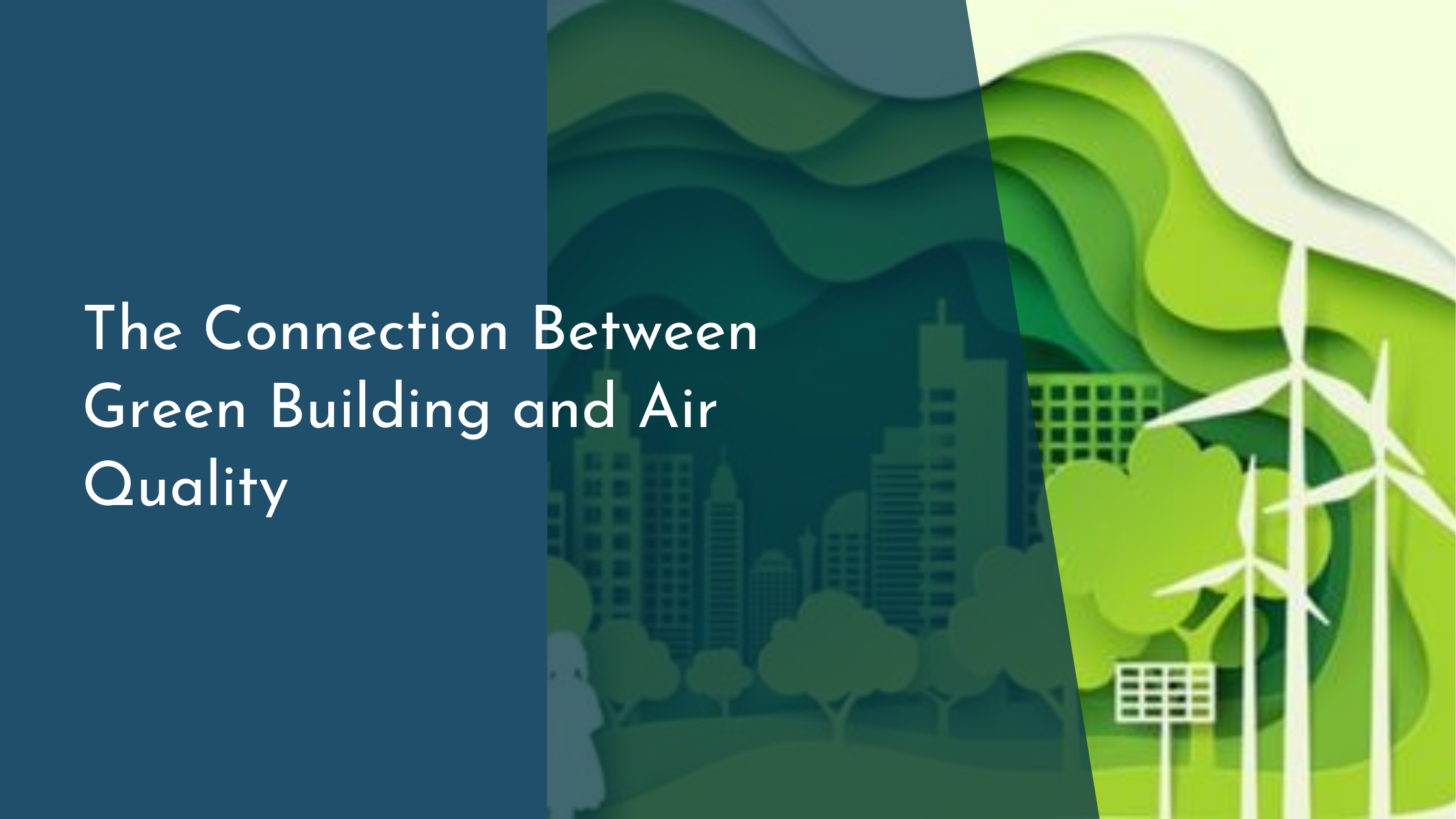The Connection Between Green Building and Air Quality
As awareness of environmental issues continues to grow, the concept of green building has emerged as a sustainable solution to tackle challenges such as energy consumption, waste production, and, notably, air quality. Green buildings are not just about reducing carbon footprints; they are about creating healthier living environments. Improved air quality is one of the primary benefits of green building practices, and it significantly impacts the well-being of occupants. This article explores the relationship between green building and air quality, shedding light on how sustainable practices contribute to healthier indoor environments.
Understanding the Basics of Green Building
Green building refers to the practice of designing, constructing, and operating buildings in ways that reduce their overall impact on the environment. This involves using resources more efficiently and enhancing the quality of life for occupants. The principles of green building prioritize energy efficiency, water conservation, waste reduction, and the use of sustainable materials. These principles are not only environmentally beneficial but also economically advantageous in the long run. By leveraging advanced technologies and innovative design concepts, green building aims to minimize negative environmental effects and improve the health and well-being of building users.
At the core of green building is the commitment to environmental stewardship. This approach encourages the use of renewable energy sources, such as solar and wind power, to decrease reliance on fossil fuels. Additionally, green buildings often incorporate features like green roofs, efficient insulation, and advanced ventilation systems that contribute to lower energy consumption. The use of local and recycled materials further reduces the environmental impact of new constructions. As a result, green buildings not only offer a more sustainable future but also create spaces that are healthier for their inhabitants.
How Green Buildings Improve Indoor Air Quality
One of the standout benefits of green buildings is their ability to improve indoor air quality. Traditional building materials and practices can often lead to poor air quality due to the off-gassing of volatile organic compounds (VOCs) and other pollutants. Green building practices, on the other hand, focus on minimizing these pollutants by selecting low-emitting materials and incorporating efficient ventilation systems. This results in cleaner air within the building, promoting better health and comfort for its occupants.
Additionally, green buildings often include features that enhance natural ventilation, such as operable windows and strategically placed vents, which help to circulate fresh air and reduce indoor air pollutants. Advanced air filtration systems are also common in green buildings, capturing and removing airborne particles that can otherwise lead to respiratory issues. By prioritizing air quality, green buildings not only support environmental goals but also provide a healthier and more pleasant living and working environment.
The Role of Materials in Air Quality Enhancement
Materials play a crucial role in the air quality of green buildings. The use of non-toxic, low-emission materials is a key principle in green construction. This includes paints, adhesives, sealants, and flooring that emit fewer volatile organic compounds (VOCs) compared to traditional options. By choosing these environmentally friendly materials, green buildings significantly reduce the presence of harmful pollutants in indoor spaces. This careful selection of materials helps create a safer and healthier environment for residents and workers alike.
Moreover, the use of sustainable materials such as bamboo, recycled metal, or reclaimed wood not only supports environmental conservation efforts but also enhances indoor air quality. These materials are often free from synthetic chemicals that can degrade air quality. Furthermore, the incorporation of biophilic design elements, such as indoor plants and natural materials, can help improve air quality by increasing oxygen levels and reducing stress. This thoughtful approach to material selection underscores the holistic nature of green building, which considers both environmental impacts and human health.
Concluding Thoughts on Green Building Benefits
Green buildings represent a harmonious blend of sustainability, functionality, and health. By enhancing air quality, these buildings provide a healthier indoor environment, which is crucial given that people spend a significant amount of time indoors. The emphasis on air quality in green building practices not only reduces health risks but also enhances the overall comfort and productivity of building occupants. These benefits make green buildings an attractive and responsible choice for developers, tenants, and businesses alike.
The future of construction lies in green building practices, which offer solutions to environmental challenges while contributing to human well-being. As we continue to prioritize sustainability in all aspects of life, green buildings serve as a shining example of what can be achieved when environmental consciousness meets innovative design. Not only do they help preserve our planet, but they also ensure that the spaces we inhabit are safe, healthy, and conducive to a high quality of life.
In conclusion, the connection between green building and air quality is a testament to the positive impact sustainable practices can have on our health and environment. As more individuals and organizations embrace green building principles, the benefits for both people and the planet become increasingly evident. By investing in green buildings, we invest in a future where our living and working spaces contribute to a healthier world, meeting the needs of the present without compromising the ability of future generations to meet theirs.

